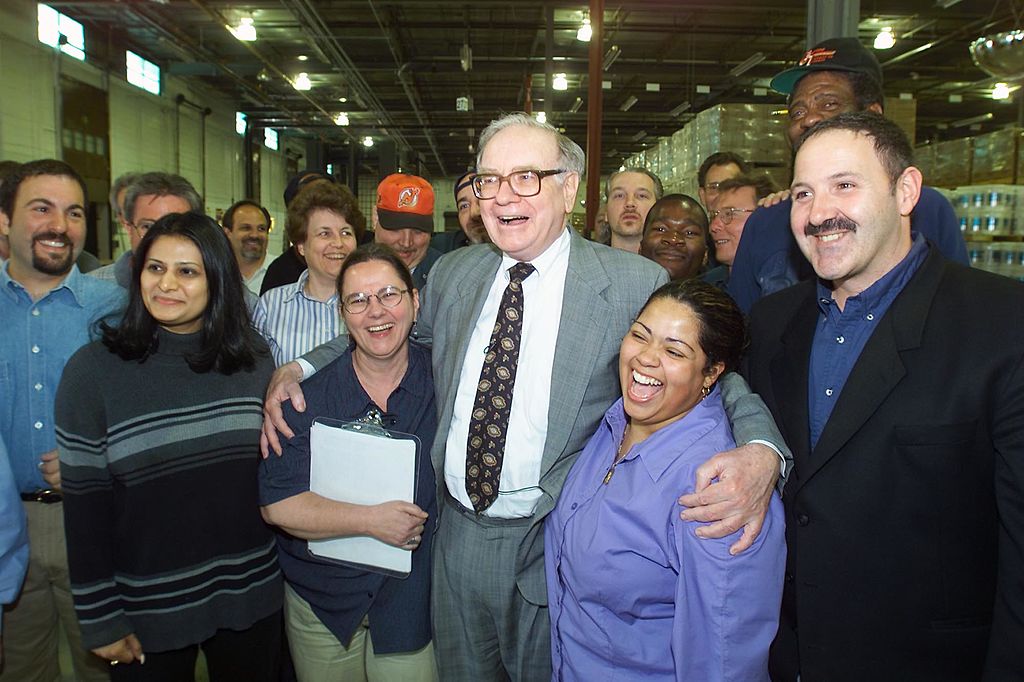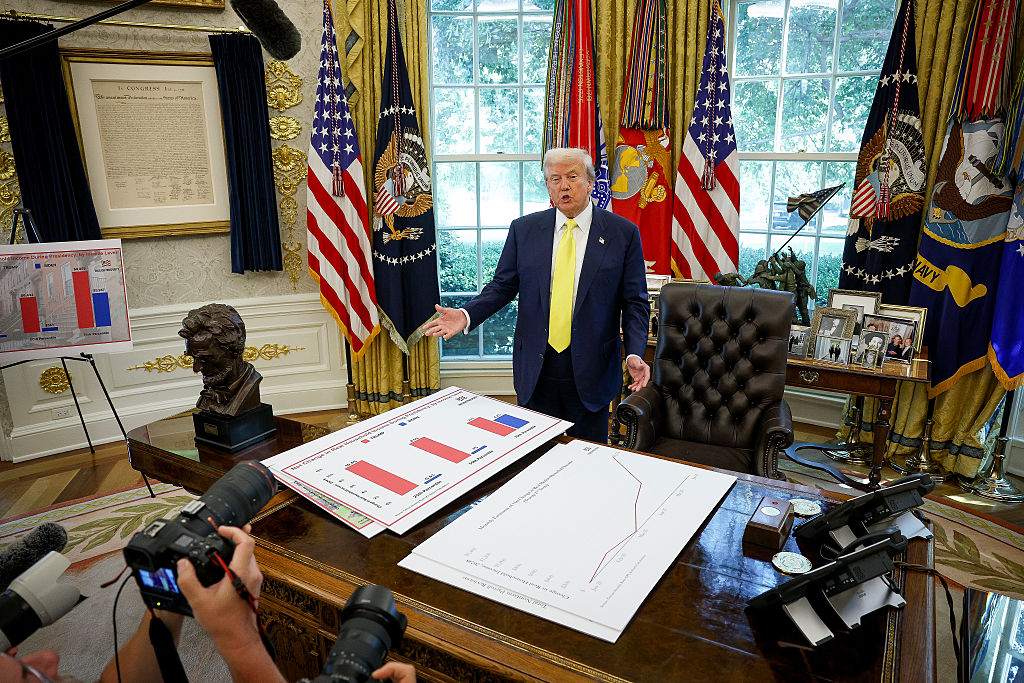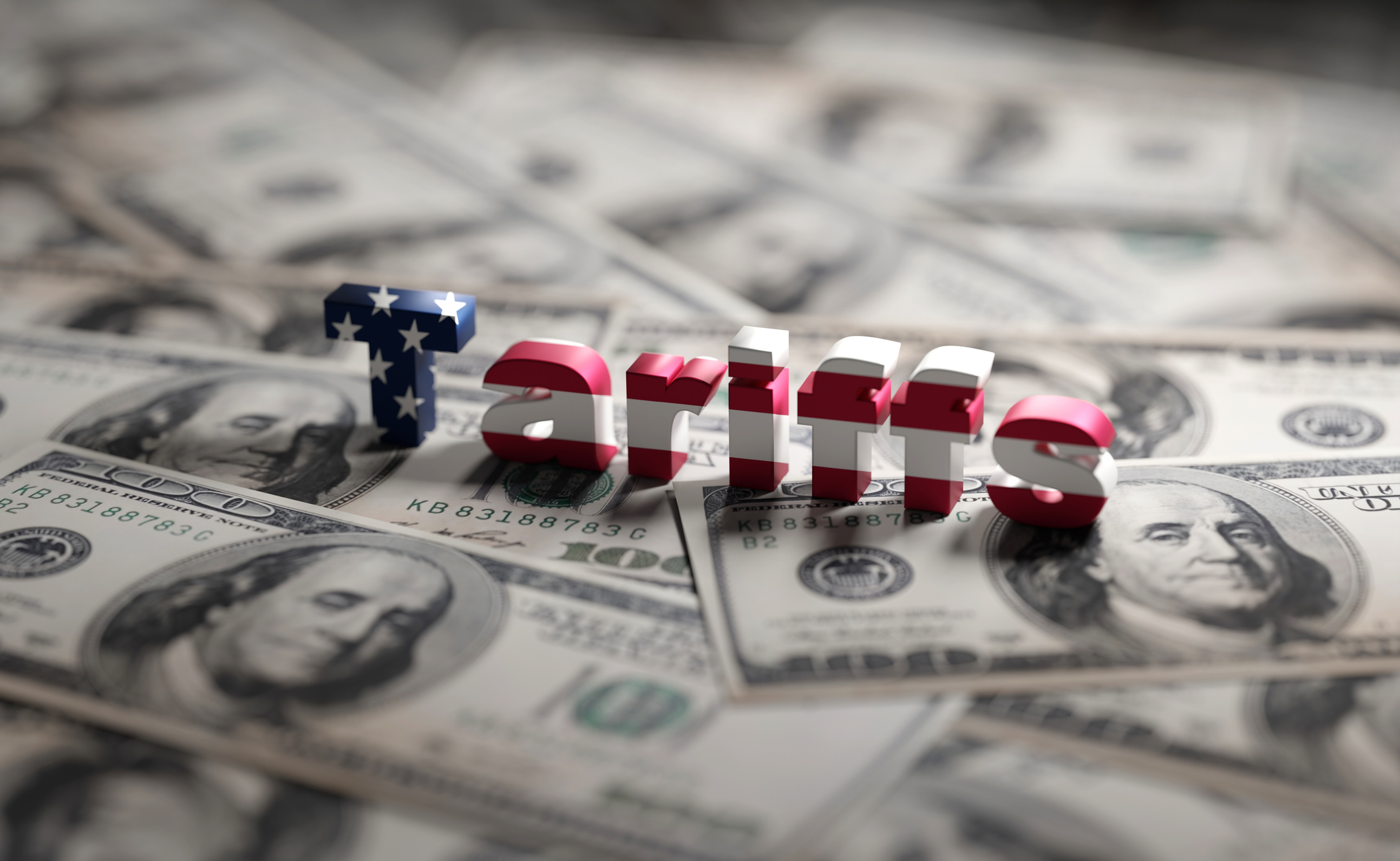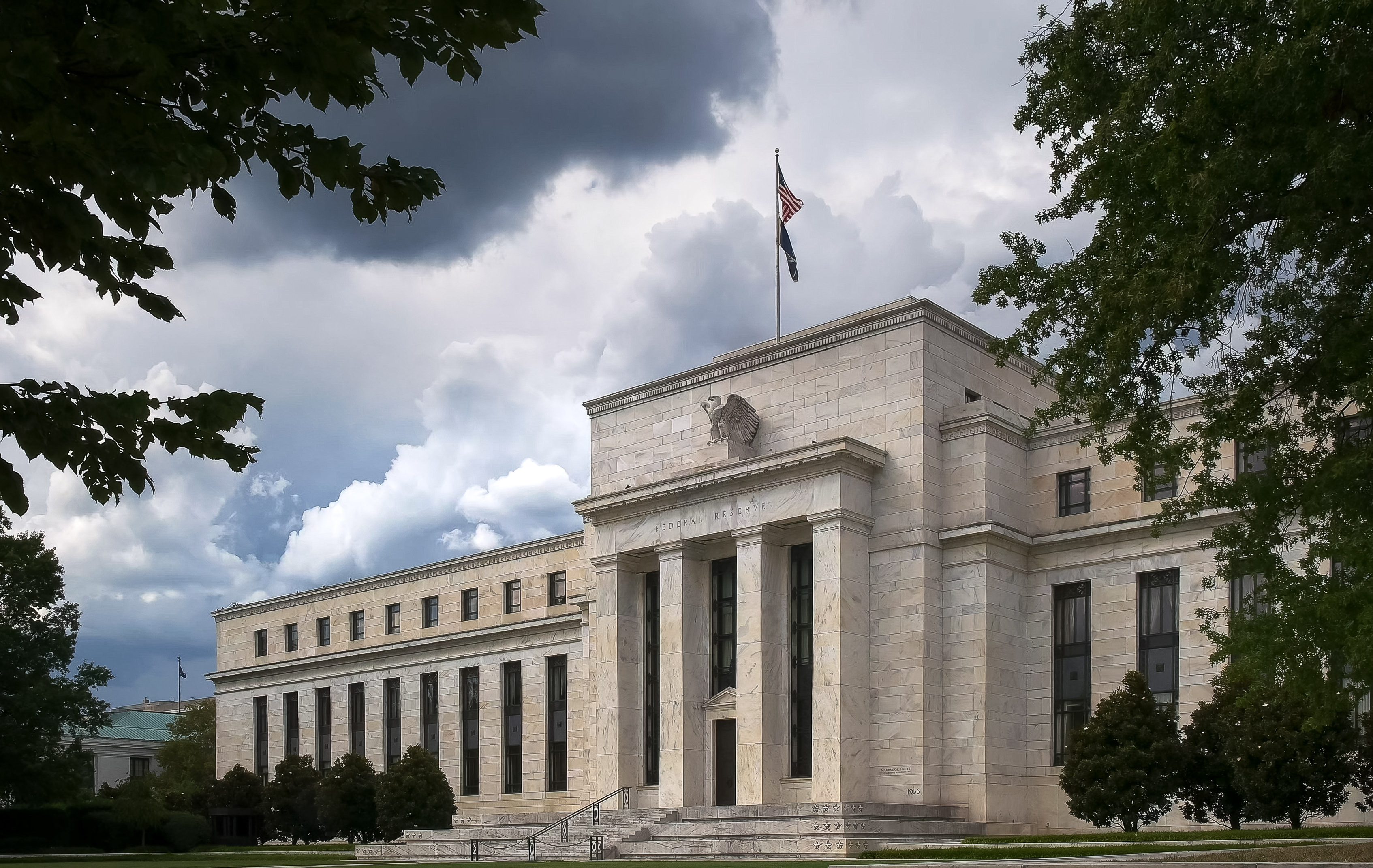Profit From Uncertainty
Just because a company's future is highly uncertain doesn't mean it's a risky investment.

October was an extraordinary month for the markets. It was the worst month for Standard & Poor's 500-stock index in 21 years and the most volatile in the entire 80-year history of the index, moving 4% or more on nine days (four up and five down).
To get a sense of how unusual that is, consider that in the five years from 2003 through 2007, there was not a single day in which the S&P 500 moved as much as 4%, and there were a total of only five such days in the two decades of the 1950s and 1960s.
The volatility was even more extreme in many international markets, including those in Russia, Britain, Japan, India and Brazil, underscoring how intertwined world markets and the financial system have become.
From just $107.88 $24.99 for Kiplinger Personal Finance
Become a smarter, better informed investor. Subscribe from just $107.88 $24.99, plus get up to 4 Special Issues

Sign up for Kiplinger’s Free Newsletters
Profit and prosper with the best of expert advice on investing, taxes, retirement, personal finance and more - straight to your e-mail.
Profit and prosper with the best of expert advice - straight to your e-mail.
There are two potential silver linings to this unprecedented volatility, one possible and one quite likely. First, the extreme volatility may signal a market bottom. For example, according to the New York Times, the biggest post-World War II weekly increase in the S&P 500 was a 14.1% jump during the week ending October 11, 1974, which came at the end of the 1973-74 bear market. In addition, the biggest week in the 1980s, a gain of 8.8%, came just after prices hit bottom in August 1982.
The second silver lining? Regardless of whether we saw a market bottom in October, the recent investor panic and resulting volatility has created a great many exceptional investment opportunities. That's not at all to say everything is cheap and you can throw darts at a stock page and be successful. But we're confident that selective bargain hunting today will pay off handsomely in the future.
The best opportunities fall in three broad categories: moderately undervalued blue chips, deeply undervalued and out-of-favor blue chips, and extremely undervalued companies with small and midsize market capitalizations.
Battered but unbowed
In any market characterized by panic selling, even the best companies can see their share prices fall much further than their long-term business values would warrant. As a result, such dominant companies as Berkshire Hathaway, McDonald's, Wal-Mart, Altria, Coca-Cola, Microsoft, ExxonMobil and Johnson & Johnson were all recently selling for at least 20% to 30% discounts to what we think they're worth.
On average, these eight stocks have held up relatively well, falling "only" 9% from the market's peak on October 9, 2007, compared with a 39% drop for the S&P 500 (all results are through November 7). Given the high quality of their businesses, each should trade at 18 to 20 times 2009 earnings estimates rather than the roughly 13 times at which they trade as a group. And while you wait for the stocks to appreciate, you'll receive an average dividend yield of 3%.
The second area of fertile opportunity includes equally impressive companies that have seen their share prices fall even further because they operate in particularly troubled sectors, such as retailing and financial services. We've previously written about our favorite ideas in this category, Target (symbol TGT) and American Express (AXP), and while neither has paid off yet, we believe that each trades at a significant discount to what it will be worth in two to three years.
American Express, for example, will no doubt incur unusually high losses in its credit-card business and will be hurt by weak consumer spending as the economy continues to falter. But nothing we can see on the horizon threatens Amex's long-term competitive position and enviable business model. It's exceedingly rare to see such a great business trade at a price-earnings ratio of less than 9.
And the outcasts
The final category of stocks we find particularly interesting is made up of small- and mid-cap companies whose shares, in many cases, have been hit by a double whammy: reduced earnings expectations and forced selling by hedge funds and others. This description certainly applies to the energy sector, where oil and natural-gas prices have fallen by roughly 50% since July, causing numerous stocks in the sector to plunge faster.
[page break]
One of our favorites is Contango Oil & Gas (MCF), a natural-gas exploration-and-production company. Even after a recent rally, the stock, at about $51, is down more than 46% from its July high of $95.
It's relatively simple to value Contango. It has no debt (and only six employees), so you value its future natural-gas and oil production, discount the value of that production back to the present, subtract taxes, add in the cash on the company's balance sheet, and divide by the number of shares. Using a 10% discount rate and today's oil and natural-gas prices (which are likely depressed due to the economic downturn), Contango is worth $78 per share based on proven reserves. And that gives no value to 70 undrilled Gulf of Mexico leases the company owns and expects will yield significant future value.
When uncertainty helps
A common refrain among commentators trying to explain the meltdown of September and October went something like this: Investors are selling first and asking questions later -- there's just too much fear and uncertainty about the future. This was undoubtedly true, but investing always involves uncertainty.
Uncertainty is not necessarily bad -- it creates bargain-hunting opportunities. That's because the market often errs by confusing uncertainty with risk. Just because a company's future is highly uncertain doesn't mean an investment in it is risky. Some of the best potential investments are highly uncertain but have little risk of permanent capital loss. As hedge-fund manager Mohnish Pabrai writes in his book, The Dhandho Investor: "Heads, I win; tails, I don't lose much."
Among the many case studies Pabrai presents in his book is the investment he made earlier this decade in funeral-home operator Stewart Enterprises. Following a debt-fueled consolidation of the funeral-home business, Stewart and other large industry players found themselves owing too much money as the economy soured. Stewart's shares, as high as $28 in 1998, had fallen to less than $2 by the fall of 2000, trading at a minuscule P/E of only 3.
While the market appeared to be betting on Stewart's demise, Pabrai's research indicated otherwise. He found that funeral homes were actually among the least likely businesses to fail, as customers insensitive to prices and less-than-dynamic competition resulted in stable profitability and growth over time. Stewart was still producing positive free cash flow, and it had hard assets, such as land and funeral-home properties, valued conservatively at $4 per share, to fall back on.
Stewart still had to navigate great challenges in managing its crushing debt load, but Pabrai did what all smart investors would do in dealing with the uncertainty the company faced: He identified the various ways in which he thought the story might unfold and assigned probabilities to each. He concluded that there was an 80% probability overall that the company would deal with its debt problems in one of a few ways, in each case resulting in a doubled share price within two years. If the company went bankrupt, a scenario he assigned a 19% chance, he believed the hard assets would more than cover the debt, leaving at least $2 per share in equity value. He saw only a 1% chance of permanent loss of capital from the share price going to $0.
Given the 80% chance of doubling his money and only 1% chance of losing it all, Pabrai took the bet. While there was real uncertainty over exactly when and how the story would play out, he saw the risk of a permanent loss as extremely low.
Happy ending
Soon after Pabrai purchased Stewart shares, the company announced that it planned to sell international assets -- which accounted for about 20% of revenues and produced very little cash flow -- to pay down debt. By March 2001, the company had paid down more than $50 million of its debt, and its cash flow remained healthy. As the perceived uncertainty receded, the market responded, taking Stewart's share price above $4. His target price reached, Pabrai sold -- too early, as it turns out. Stewart shares surpassed $7 in June 2001.
Focusing on "heads, I win; tails, I don't lose much" situations is a sound investment strategy in any market environment. The good news is that many more such opportunities exist today than there have been in a long time.
Columnists Whitney Tilson and John Heins co-edit ValueInvestor Insight and SuperInvestor Insight. Funds co-managed by Tilson own shares of all stocks whose names are boldface in this article.
Profit and prosper with the best of Kiplinger's advice on investing, taxes, retirement, personal finance and much more. Delivered daily. Enter your email in the box and click Sign Me Up.

-
 Stocks Struggle Ahead of November Jobs Report: Stock Market Today
Stocks Struggle Ahead of November Jobs Report: Stock Market TodayOracle and Broadcom continued to fall, while market participants looked ahead to Tuesday's jobs report.
-
 7 Dr. Seuss Quotes Retirees Should Live By
7 Dr. Seuss Quotes Retirees Should Live ByYou're off to great places! Why Dr. Seuss is the retirement guru you didn't know you needed.
-
 Fed's Rate Cuts Could Have Impacts You Might Not Anticipate
Fed's Rate Cuts Could Have Impacts You Might Not AnticipateUnderstanding how lower interest rates could impact your wallet can help you determine the right financial moves to make.
-
 What the Rich Know About Investing That You Don't
What the Rich Know About Investing That You Don'tPeople like Warren Buffett become people like Warren Buffett by following basic rules and being disciplined. Here's how to accumulate real wealth.
-
 How to Invest for Rising Data Integrity Risk
How to Invest for Rising Data Integrity RiskAmid a broad assault on venerable institutions, President Trump has targeted agencies responsible for data critical to markets. How should investors respond?
-
 What Tariffs Mean for Your Sector Exposure
What Tariffs Mean for Your Sector ExposureNew, higher and changing tariffs will ripple through the economy and into share prices for many quarters to come.
-
 How to Invest for Fall Rate Cuts by the Fed
How to Invest for Fall Rate Cuts by the FedThe probability the Fed cuts interest rates by 25 basis points in October is now greater than 90%.
-
 Are Buffett and Berkshire About to Bail on Kraft Heinz Stock?
Are Buffett and Berkshire About to Bail on Kraft Heinz Stock?Warren Buffett and Berkshire Hathaway own a lot of Kraft Heinz stock, so what happens when they decide to sell KHC?
-
 How the Stock Market Performed in the First 6 Months of Trump's Second Term
How the Stock Market Performed in the First 6 Months of Trump's Second TermSix months after President Donald Trump's inauguration, take a look at how the stock market has performed.
-
 Fed Leaves Rates Unchanged: What the Experts Are Saying
Fed Leaves Rates Unchanged: What the Experts Are SayingFederal Reserve As widely expected, the Federal Open Market Committee took a 'wait-and-see' approach toward borrowing costs.
-
 Fed Sees Fewer Rate Cuts in 2025: What the Experts Are Saying
Fed Sees Fewer Rate Cuts in 2025: What the Experts Are SayingFederal Reserve The Federal Reserve cut interest rates as expected, but the future path of borrowing costs became more opaque.

